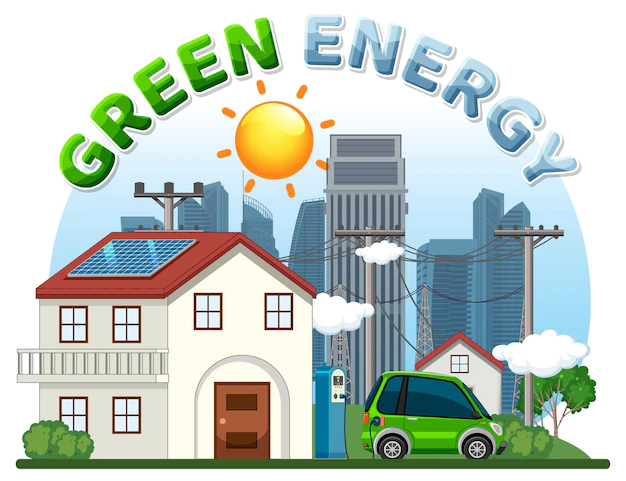Exploration of the role of green building construction companies
We provide 24x7 transparent services
The way of sustainable development
Get In Touch
As environmental awareness grows and the impacts of climate change become more evident, the demand for sustainable development is increasing. Green building construction companies are at the forefront of this movement, designing and constructing buildings that minimize environmental impact, improve energy efficiency, and create healthier living and working environments. This article explores the role of green building construction companies, the principles of sustainable building design, and the benefits of green buildings for businesses and communities.

Green building, also known as sustainable or eco-friendly building, refers to the practice of designing and constructing buildings that are environmentally responsible and resource-efficient throughout their lifecycle. This includes everything from the initial design and construction to operation, maintenance, and eventual deconstruction.
Utilizing energy-efficient technologies and renewable energy sources to reduce energy consumption.
Implementing systems that reduce water usage and promote recycling and rainwater harvesting.
Using sustainable, recycled, or low-impact materials in construction to minimize environmental impact.
Ensuring good indoor air quality, natural lighting, and the use of non-toxic materials to create healthier indoor environments.
Green building construction companies specialize in incorporating sustainable practices into the design, construction, and operation of buildings. They work with architects, engineers, and developers to create buildings that meet green building standards, such as LEED (Leadership in Energy and Environmental Design) or BREEAM (Building Research Establishment Environmental Assessment Method).
Green buildings offer a wide range of benefits, not only for the environment but also for businesses, occupants, and communities.
While the benefits of green building are clear, there are also challenges that construction companies face in the industry:
The future of green building is bright, with continued growth expected as more businesses, governments, and individuals prioritize sustainability. Key trends in the industry include:
Green building construction companies play a crucial role in the transition to a more sustainable built environment. By incorporating sustainable practices into every stage of the building process, these companies are helping to create buildings that are not only environmentally friendly but also economically viable and healthy for occupants.
As the demand for sustainable development continues to grow, green building construction companies will be at the forefront of innovation, leading the way in the creation of buildings that are built to last, benefit the environment, and enhance the quality of life for everyone.
UtilityKing is dedicated to supporting businesses in their efforts to embrace sustainability through green building practices. Our expert team can provide guidance on green building strategies, from design and construction to energy management and compliance with green building standards. Contact UtilityKing today to learn how we can help you develop sustainable, energy-efficient buildings that benefit your business and the environment.